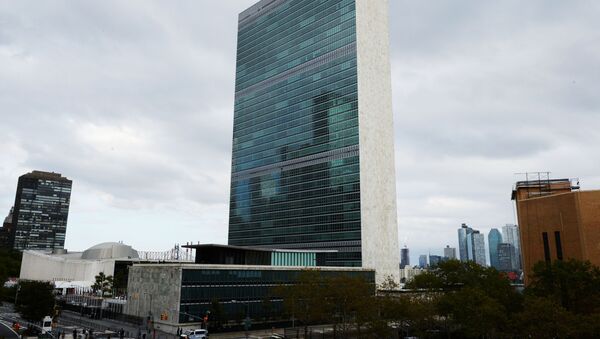The United Nations (UN) has acknowledged India's progressive utilization of digital platforms to bridge gaps related to gender, income and education for groups that collectively total up to 1.37 billion people, the second-largest population in the world.
As part of its recent flagship study titled "World Social Report 2020", the world body noted that the new Indian government-backed public infrastructure successfully implemented a unique identification procedure based on Adhaar – a biometrics-based system, that not only made public services more effective but also yielded an increase in the penetration of financial services.
Aadhaar is a 12 digit individual identification number issued by the state-funded Unique Identification Authority of India (UIDAI). The 12-digit ID number proves the identity of all Indians. Currently, over 1.22 billion Indians can be identified by their Aadhaar numbers.
"Before the introduction of Aadhaar numbers, those who were less advantaged were unlikely to have an official registered ID, which was necessary to open an account. By 2017, 80 per cent of adult Indians had at least one bank account, which is significantly higher than the average share in developing countries (63 per cent)," the report said.
The Report revealed that the Aadhaar system also improved electricity access in rural India that needed active financial accounts for implementation. According to the report, electrification has reached 82 per cent of the country's population. The International Energy Agency predicts that India is poised to achieve universal access to electricity within the early 2020s.
The report also highlighted that over 71 per cent of the world population is plagued with income inequality which has snowballed in India as well as China.
"Income inequality has increased in most developed countries and in some middle-income countries, including China and India, since 1990. In some countries, income and wealth are increasingly concentrated at the top," the flagship report added.
The vast 75 per cent wide gap between the incomes of the richest and poorest in developing countries is leading to slower economic growth and inconsistencies in the development and accessibility of health and education sectors, reads the report.
"Income disparities and a lack of opportunities are creating a vicious cycle of inequality, frustration and discontent across generations," according to UN Chief Antonio Guterres.
As Prime Minister Narendra Modi aims to transform India into a $5 trillion economy, India is going through its slowest economic growth phase with a six-year low recorded in 2019.
To push India towards achieving its economic goal, the government, as well as the citizens of the country, are widely adapting to digital living.
In 2015, Prime Minister Modi launched a special "Digital India" campaign to make government services available online to the citizens of the country.




